Results
-
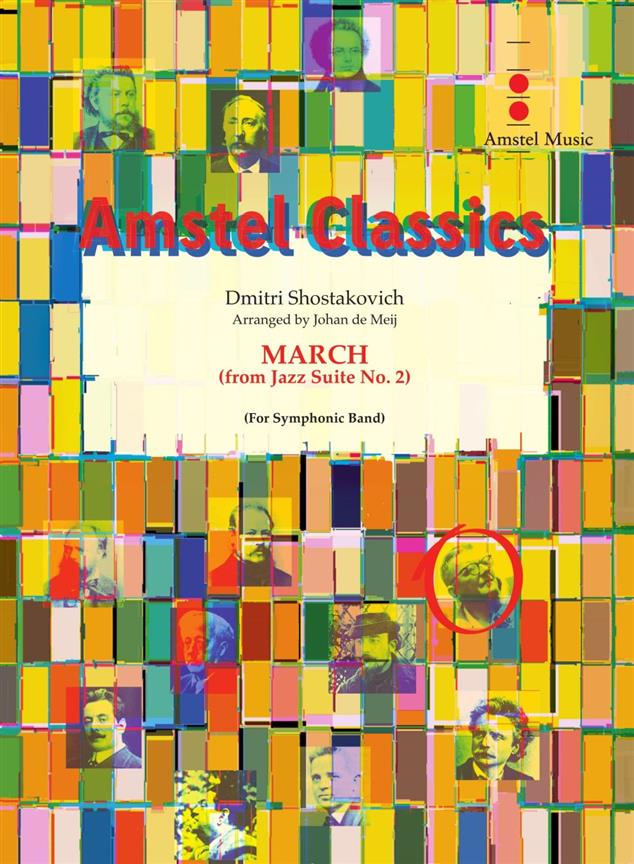 £98.00
£98.00March (from Jazz Suite No.2) (Concert Band - Score and Parts) - Shostakovich, Dmitri - De Meij, Johan
In 1938 Shostakovich composed his Second Jazz Suite at the request of the recently founded State Orchestra for Jazz conducted by Victor Knushevitsky. This suite was originally scored for a complete symphony orchestra to which four saxophones, an accordion and a guitar had been added. The Jazz Suite No.1 in three movements, composed in 1934, had been written for a smaller ensemble. The title 'Jazz Suite' is rather misleading, as the composer definitely uses the style of light music.Duration: 3:00
Estimated dispatch 7-14 working days
-
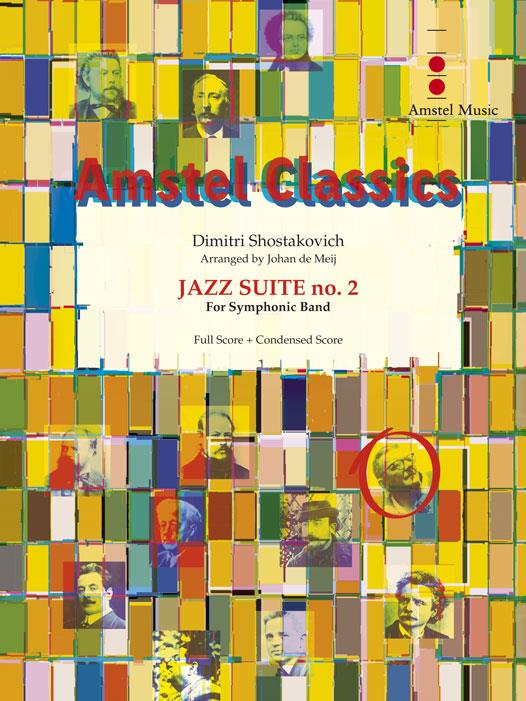 £438.00
£438.00Jazz Suite No.2 (Complete Edition) (Concert Band - Score and Parts) - Shostakovich, Dmitri - De Meij, Johan
In 1938 Shostakovich composed his Second Jazz Suite at the request of the recently founded State Orchestra for Jazz conducted by Victor Knushevitsky. This suite was originally scored for a complete symphony orchestra to which four saxophones, an accordion and a guitar had been added. The Jazz Suite no. 1 in three movements, composed in 1934, had been written for a smaller ensemble. The title 'Jazz Suite' is rather misleading, as the composer definitely uses the style of light music. Back in 1928, the twenty-two-year-old Shostakovich had already composed some light music. A bet among friends to make an orchestration of the popular song 'Tea for Two' in less then one hour time, caused him to compose 'Tahiti Trot'. Shostakovich easily won the bet as he completed the original and witty arrangement within only forty minutes!
Estimated dispatch 7-14 working days
-
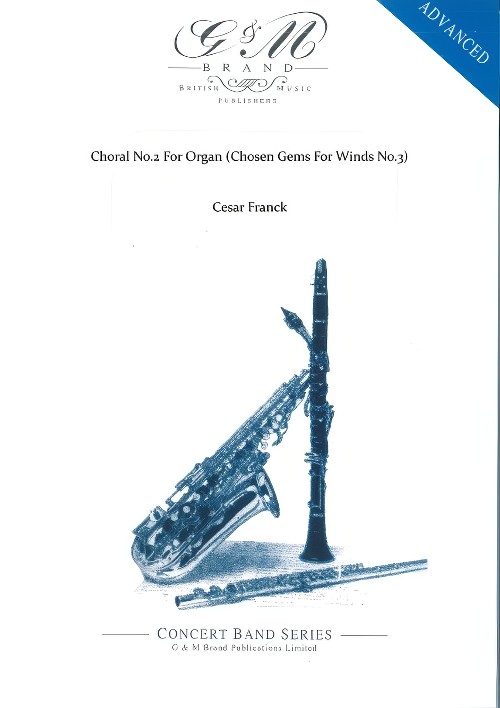 £104.95
£104.95Choral No.2 For Organ (Chosen Gems For Winds No.3) (Concert Band - Score and Parts) - Franck, Cesar - Grainger, Percy
Grainger's passionately humanistic setting of Franck's Chorale No. 2 is uniquely suited to the resources of the modern concert band. He did not want the band to sound like an organ. Instead, he created a rich, voice like sonority similar to the orchestral timbre of the D minor Symphony. It is by far his most ambitious scoring.
Estimated dispatch 7-14 working days
-
 £20.95
£20.95Choral No.2 For Organ (Chosen Gems For Winds No.3) (Concert Band - Score Only) - Franck, Cesar - Grainger, Percy
Grainger's passionately humanistic setting of Franck's Chorale No. 2 is uniquely suited to the resources of the modern concert band. He did not want the band to sound like an organ. Instead, he created a rich, voice like sonority similar to the orchestral timbre of the D minor Symphony. It is by far his most ambitious scoring.
Estimated dispatch 7-14 working days
-
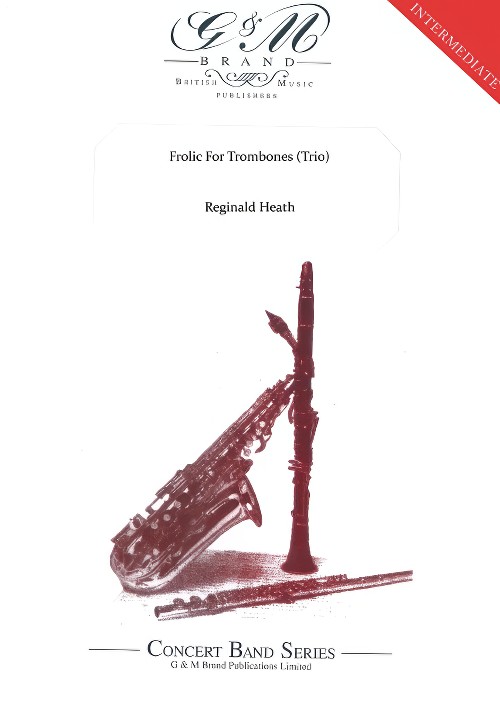 £74.95
£74.95Frolic For Trombones (Trio) (Concert Band - Score and Parts) - Heath, Reginald - Bashford, Rodney
Has your trombone section seemed a little depressed recently? Worried, nervous or tense? Try giving them this Frolic. Better than long notes, pills or even Brahms' First Symphony.
Estimated dispatch 7-14 working days
-
 £14.95
£14.95Frolic For Trombones (Trio) (Concert Band - Score Only) - Heath, Reginald - Bashford, Rodney
Has your trombone section seemed a little depressed recently? Worried, nervous or tense? Try giving them this Frolic. Better than long notes, pills or even Brahms' First Symphony.
Estimated dispatch 7-14 working days
-
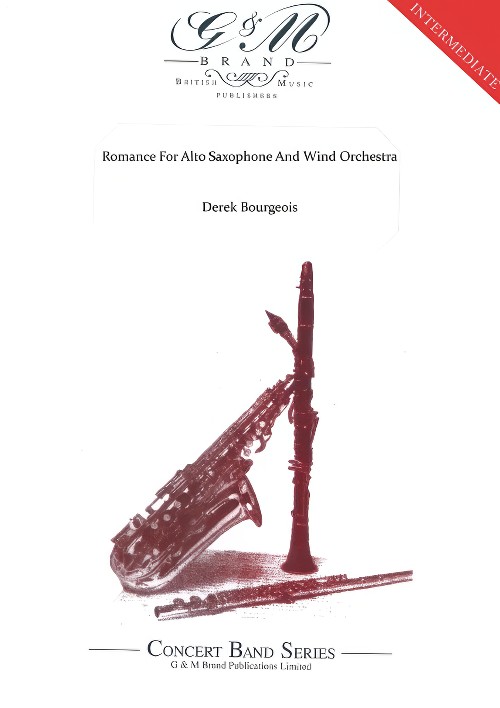 £59.95
£59.95Romance For Alto Saxophone And Wind Orchestra (Concert Band - Score and Parts) - Bourgeois, Derek
Mournful, tender, passionate - this side of the saxophone's character is well suited to Derek Bourgeios's Romance. It is an ideal piece for the expressive player although the technical requirements are limited. The composer now has a substantial number of works for the concert band, including the extended "Symphony of Winds" and "Sinfonietta," the 12-minute and tuneful "Bridges Over the River Cam" and the popular miniature "Serenade.".
Estimated dispatch 7-14 working days
-
 £11.95
£11.95Romance For Alto Saxophone And Wind Orchestra (Concert Band - Score Only) - Bourgeois, Derek
Mournful, tender, passionate - this side of the saxophone's character is well suited to Derek Bourgeios's Romance. It is an ideal piece for the expressive player although the technical requirements are limited. The composer now has a substantial number of works for the concert band, including the extended "Symphony of Winds" and "Sinfonietta," the 12-minute and tuneful "Bridges Over the River Cam" and the popular miniature "Serenade.".
Estimated dispatch 7-14 working days
-
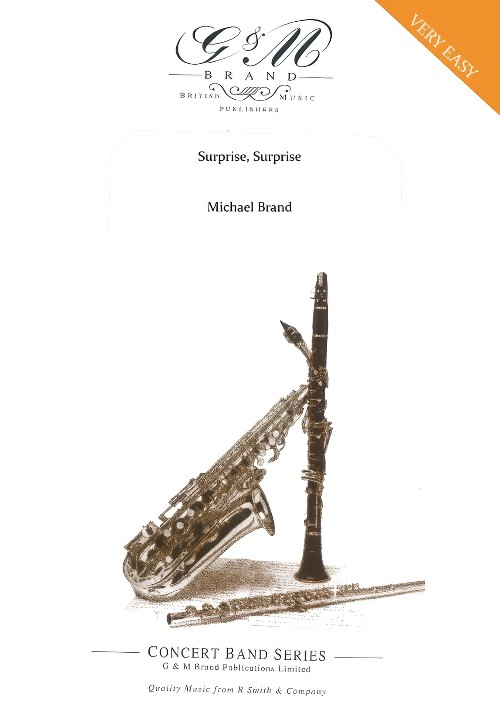 £44.95
£44.95Surprise, Surprise (Concert Band - Score and Parts) - Brand, Michael
Brand, Michael takes the opening bars of Haydn's well known Symphony but gives the audience a few extra surprises along the way. The piece gives plenty of opportunities for comic interplay between Conductor, Tuba player, and Percussion in particular.
Estimated dispatch 7-14 working days
-
 £8.95
£8.95Surprise, Surprise (Concert Band - Score Only) - Brand, Michael
Brand, Michael takes the opening bars of Haydn's well known Symphony but gives the audience a few extra surprises along the way. The piece gives plenty of opportunities for comic interplay between Conductor, Tuba player, and Percussion in particular.
Estimated dispatch 7-14 working days
